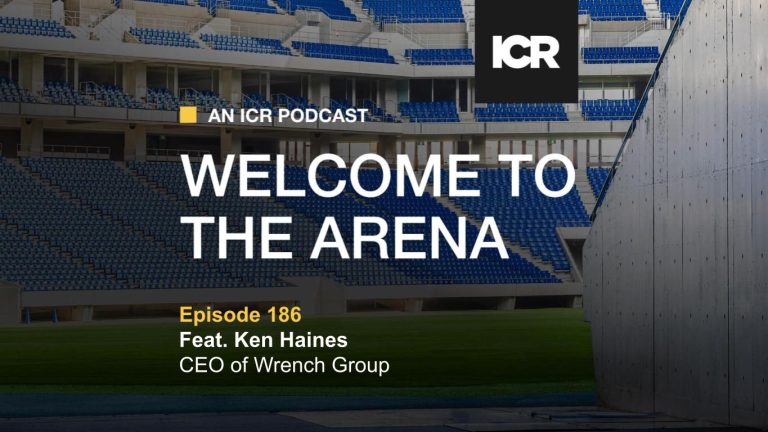Carl Icahn. Bill Ackman. Nelson Peltz. Daniel Loeb. These are the names that have struck fear into the hearts of every public company CEO in America since the corporate raider days of the 1980s.
The pioneers of activist investing continue to wield tremendous power in making changes to corporate governance. Because of their efforts, eBay is spinning out PayPal; a new CEO is at the helm of Sotheby’s; and Apple increased its capital return program with a $90 billion share buyback.
But the world of shareholder activism has expanded far beyond the original guard of big name activists. Activist hedge funds now exceed 70 in number with more than $120 billion in combined assets under management – up from just $38 billion in 2008.[i]
As the activist investor segment has grown into a veritable asset class of its own, the scope of public companies under its scrutiny has increased in kind. Over the last five years, 15 percent of the S&P 500 has faced an activist campaign, and 50 percent has counted an activist fund among their shareholders.[ii]
But it isn’t just the large, high profile companies who are susceptible to activist pressure. In 2014, activists launched 344 campaigns against companies of all sizes, more than double the number of campaigns launched a decade ago.[iii]
Shareholder activism has, in effect, become mainstream investing. And public perception is shifting with it. No longer viewed as corporate raiders preying on the weak, activist investors are increasingly seen as catalysts for necessary reform and better shareholder returns.
Part of this shift in perception is a reflection of a shift in strategy. Activist investors are looking beyond takeovers and sales of assets to broader corporate governance issues they believe will positively impact valuation. To achieve these goals, they are proactively courting institutional investors – the BlackRocks and Vanguards of the world – to support their measures. And institutional investors are listening to activists as they have developed greater corporate governance expertise, throwing their might behind the issues they agree need significant improvement.
The support of traditional institutional investors has been a game changer for shareholder activism. While an activist hedge fund may only hold a minimal stake in a company (~5 percent), other institutional investors typically hold 30 to 50 percent. If the activist can rally those institutions to follow their lead, they become a much larger threat.
The unprecedented level and growing approval of shareholder activist activity is more than a warning sign for today’s public companies; it’s a call to action. Yet issuers are almost always caught flat-footed. What else can explain why over the last three years, activist agendas have achieved partial or complete victories over 75 percent of the time? Clearly, there is a disconnect between what issuers are trying to deliver to their shareholders and what those shareholders expect.
Unfortunately, this reality is the byproduct of a broken playbook where management teams and boards are undereducated on the activist asset class and their tactics. And when the activist fund finally makes its intentions known, a completely reactive approach is deployed. Caught off guard and unprepared for an activist engagement, the company rushes to retain an investment banker, a law firm, and a process-driven, crisis communications firm to go through the motions of a media fight. This reactionary response is most likely to end in a defeat==according to the numbers.
Companies need not simply kowtow and concede to an activist’s demands. ICR’s view is that the threat of an activist attack can be significantly reduced if not entirely avoided if Boards, management teams, and IROs pre-emptively and proactively monitor the set of criteria that serve as leading indicators of an activist attack. Failing to read these gauges and adjust strategy and communications accordingly creates unnecessary risk for the enterprise, including the time and capital it takes to engage with an activist, the distraction from running the core business, the eventuality of embracing some or all of the activist agenda, and experiencing turnover in the senior management ranks and at the Board level.
Therefore, instead of waiting for that first engagement, companies should proactively assess their vulnerability to shareholder activism – either so they can derail any potential claims before an activist even approaches them, or so they can go into their first meeting well prepared and with their eyes wide open.
In a study of over 1000 13-D filings, ICR identified categorical similarities across the companies that were targets of shareholder activism. These are key activist “indicators” that systematically attract activist investors and should be regularly analyzed by every public company. Key indicators include:
- Stock price performance and shareholder returns compared to peer group
- Financial and business performance
- Capital allocation and structural issues
- Executive pay and corporate governance
- Shareholder perception and engagement
- Media perception and commentary
As stated, companies that proactively monitor these indicators are able to predict with a high level of certainty their vulnerability to activist investor engagement. However, companies that go a step further and address any shortcomings to mitigate vulnerability can deflect potential shareholder criticisms altogether.
At the end of the day, the best defense against activism is elevating the importance of investor relations from the IRO to the CEO to the Board and maintaining control over the dialogue with shareholders. Shareholder communications must be a seamless and integrated approach that is viewed as among the most important functions within any public company. After all, the company belongs to the shareholders, and the Board of Directors is the caretaker of those shareholders. In the new activist environment, relaying a sound strategic vision to shareholders isn’t just a responsibility, it’s imperative to survival. Companies must continually evaluate their perception in the eyes of investors and the broader financial community, and if and when appropriate, encourage strategic action to improve that perception, followed by consistent, transparent and timely communication.
That’s the new playbook in this “golden era” of shareholder activism…Go by the old rules of playing last-minute defense, and risk results that end in defeat more than 75% of the time.
[i] Hedge Fund Research, McKinsey & Company
[ii] FactSet
[iii] McKinsey & Company, Schulte Roth & Zabel



